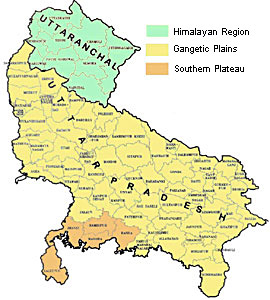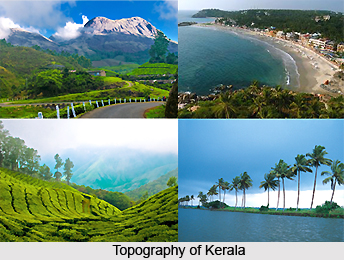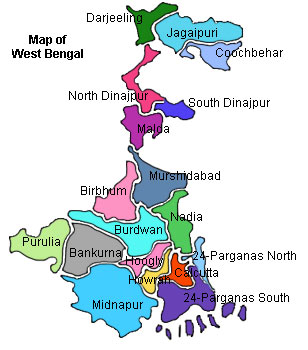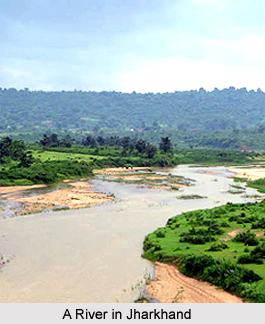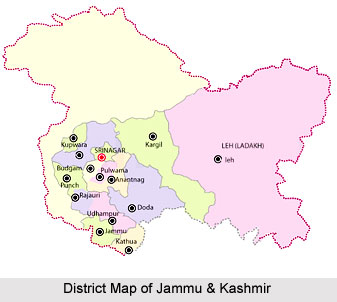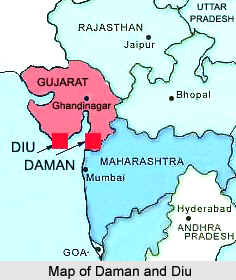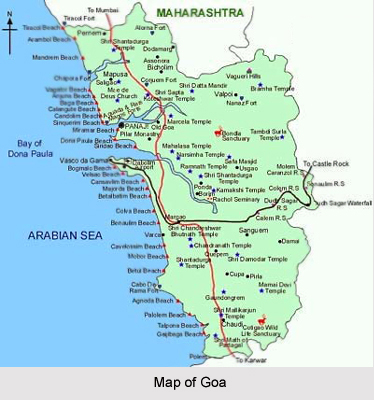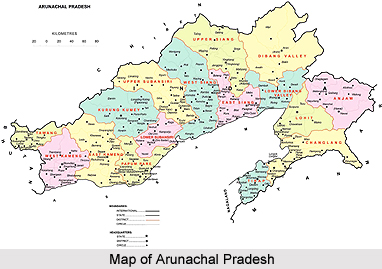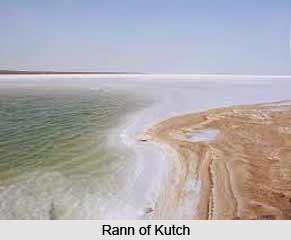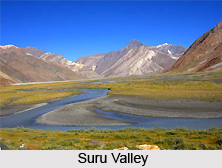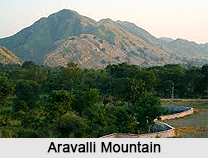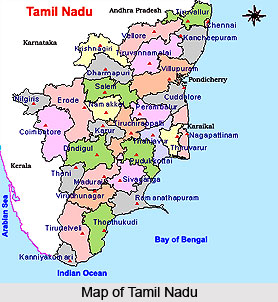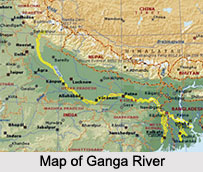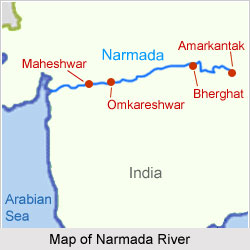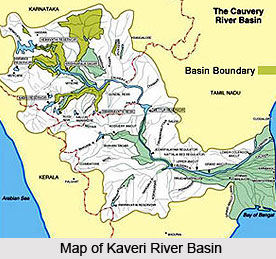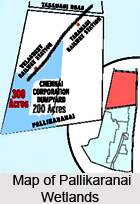 Pallikaranai wetland is the vast land of swamps, situated adjacent to Bay to Bengal, which is located 20 kilometres south of the metropolis city, Chennai. The geographical are of Pallikaranai wetland has the geographical are of 80 square kilometres.
Pallikaranai wetland is the vast land of swamps, situated adjacent to Bay to Bengal, which is located 20 kilometres south of the metropolis city, Chennai. The geographical are of Pallikaranai wetland has the geographical are of 80 square kilometres.
Pallikaranai wetland is the vast wetland ecosystem of the city Chennai. It is one of the 94 identified wetlands under National Wetland Conservation and Management Programme (NWCMP) operationalized by the Government of India in 1985-1986.
Locally known as Kazhiveli (a generic Tamil name for Marshes and swamps), Pallikaranai wetland drained about 250 sq. km, through two outlets: the Okkiyam Madavu (channel) in Okkiyam thuraipakkam and the Kovalam Creek.
Kazhiveli is imperative that the phrase `draining` is to be understood in the context of flood mitigation, ground water recharge and irrigation. It is not to be decoded as a one shot flushing of water. The remnant forests can be observed within the Theosophical Society campus, Guindy National Park-IIT complex and the Nandamangalam Reserve Forest.
Pallikaranai wetland is also one of the prioritised wetlands of Tamil Nadu. The vast topography of this swampy wetland (Pallikaranai wetland) is such that it always retains some storage, thus forming an aquatic ecosystem near Bay of Bengal.
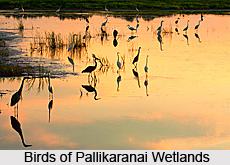
Pallikaranai wetland is the marsh surrounds with the several rare or endangered and threatened species. This wetland acts as a forage and breeding ground for thousands of migratory birds coming from various places like Russsia, Tibet and China. Thousands of bird species are having the home in Pallikaranai wetland. Even the number of the migratory and local birds in Pallikaranai wetland is more than Vedanthangal Bird Sanctuary.
Flora and Fauna in Pallikaranai Wetland
The diverse ecological unit of Pallikaranai wetland supports about 337 species of floras and faunas. Pallikaranai wetland is the abode of 115 species of birds, 10 species of mammals, 21 species of reptiles, 10 species of amphibians, 46 species of fishes, 9 species of molluscans, 5 species of crustaceans, and 7 species of butterflies. About 114 species of plants are found in the wetland including 29 species of grass. Pallikaranai wetland is also home to some of the most endangered reptiles such as the Russell`s viper. The birds such as the Glossy ibis, Grey-headed Lapwings and pheasant-tailed jacana are present in this swampy wetland. Cormorants, darters, herons, egrets, open-billed storks, spoonbills, white ibis, little grebe, Indian moorhen, Black-winged Stilts, purple moorhens, warblers, coots and dabchicks have been spotted in large numbers in the Pallikaranai marshland. Another uncommon species marked in Pallikaranai wetland is the white-spotted garden skink. Some of the aquatic life in Pallikaranai such as Dwarf Gourami and Chromides are widely bred.
